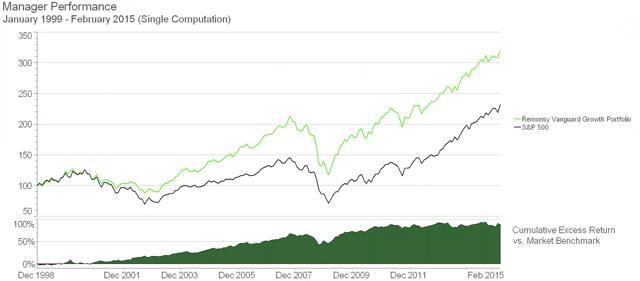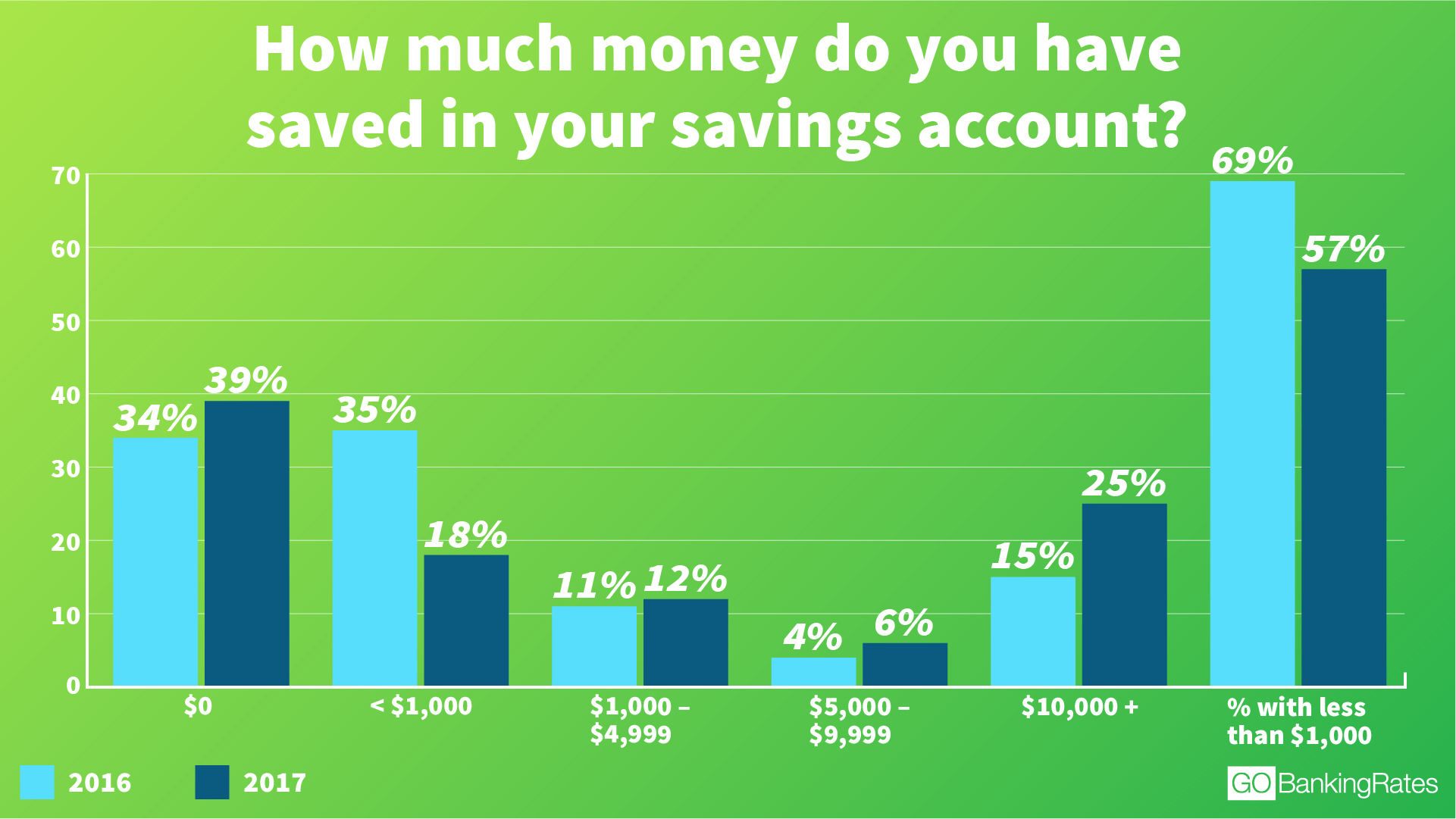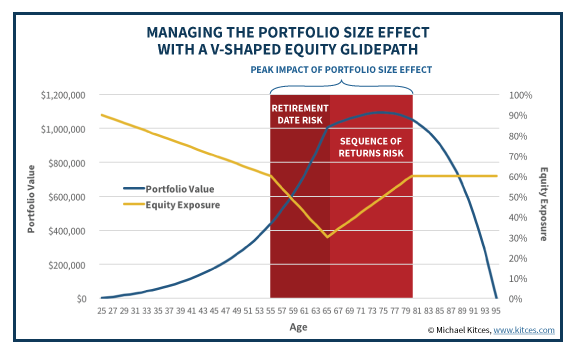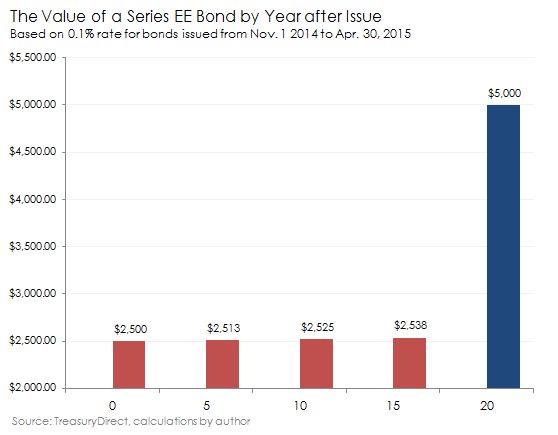- Joined
- Sep 10, 2012
- Messages
- 803
- Reaction score
- 1,187
Thanks for above. All my options are with Fidelity as this is employer 401k. All great spartan/index fundswith super low ER.
Currently I'm in the bogleheads 3 fund:
Fidelity 500 Index - 60%
Fidelity Intl Index - 30%
Fidelity Total US Bond - 10%
Going to do my due diligence research over the weekend on Extended Market, Small Cap, and Emerging Markets. IF I decide to take that tilt seen above, given my options with employer I'll be looking at something along lines of:
Fidelity 500 Index - 45%
Fidelity Extended Market Index - 10%
Fidelity Small Cap Index - 5%
Fidelity Total International Index - 25%
Fidelity Emerging Market Index - 5%
US Total Bond Index - 10%
All index funds with very low/Vanguard-ish ER. Appreciate the insight above, definitely giving me something to think about.
Currently I'm in the bogleheads 3 fund:
Fidelity 500 Index - 60%
Fidelity Intl Index - 30%
Fidelity Total US Bond - 10%
Going to do my due diligence research over the weekend on Extended Market, Small Cap, and Emerging Markets. IF I decide to take that tilt seen above, given my options with employer I'll be looking at something along lines of:
Fidelity 500 Index - 45%
Fidelity Extended Market Index - 10%
Fidelity Small Cap Index - 5%
Fidelity Total International Index - 25%
Fidelity Emerging Market Index - 5%
US Total Bond Index - 10%
All index funds with very low/Vanguard-ish ER. Appreciate the insight above, definitely giving me something to think about.
Last edited:











